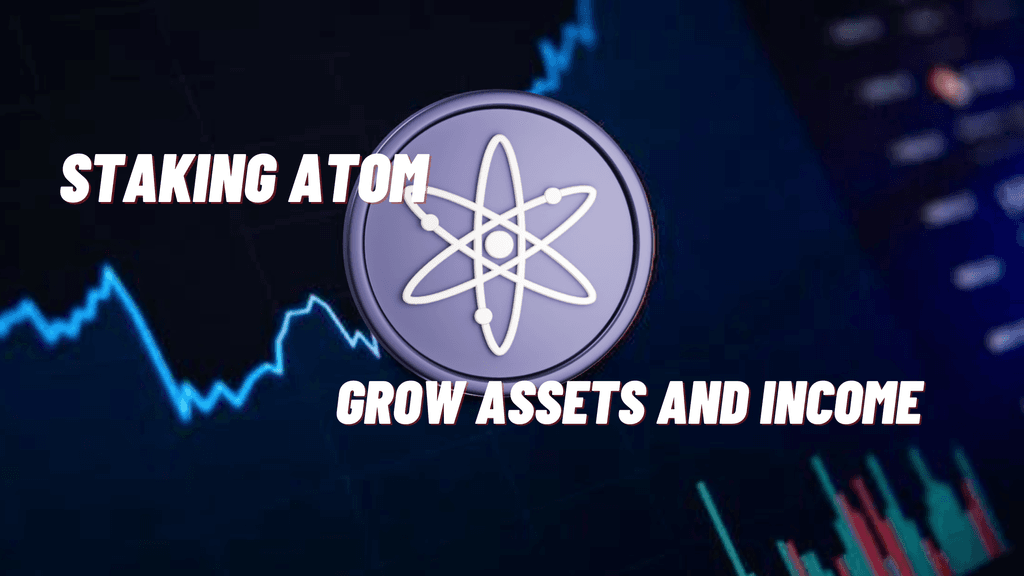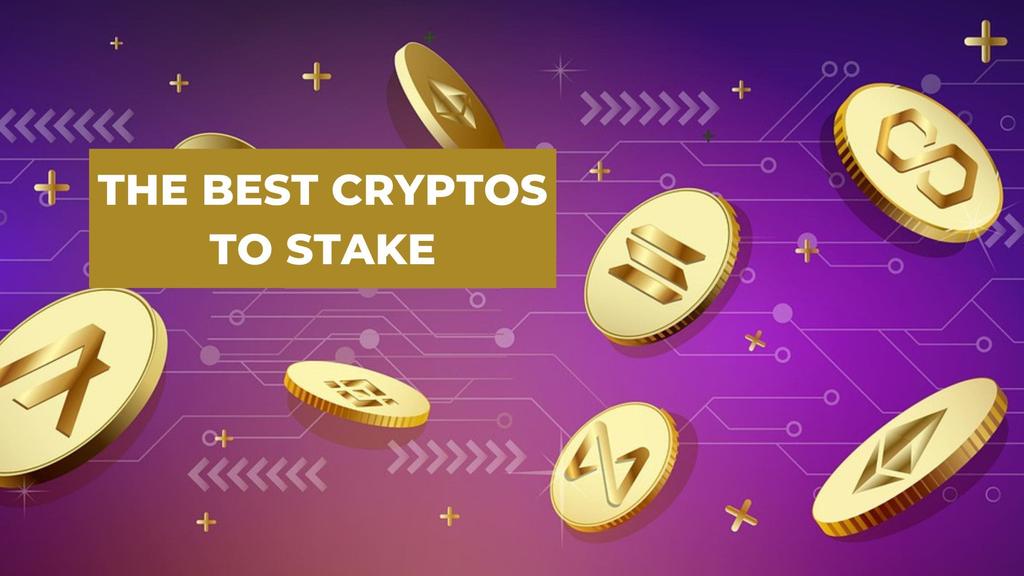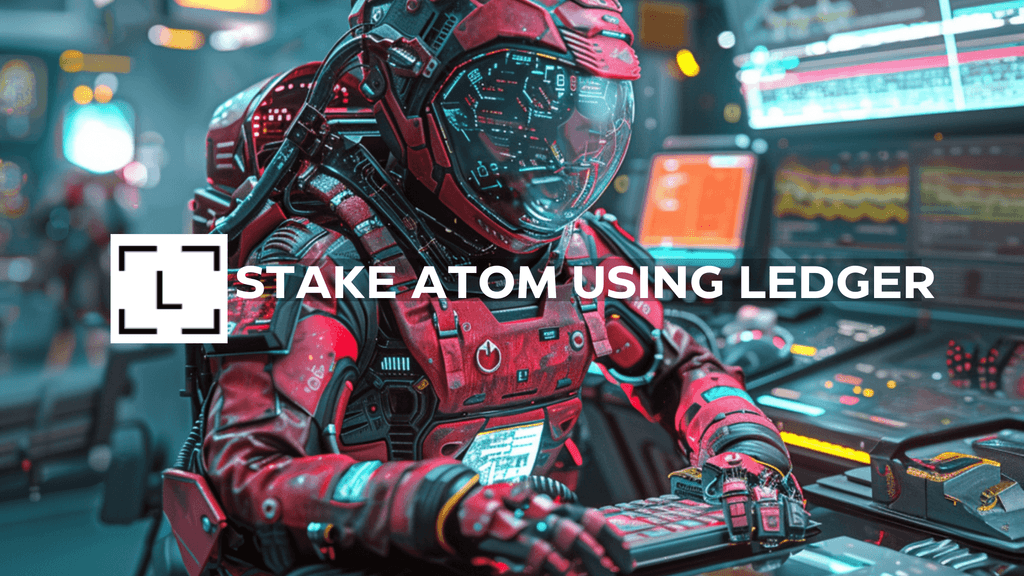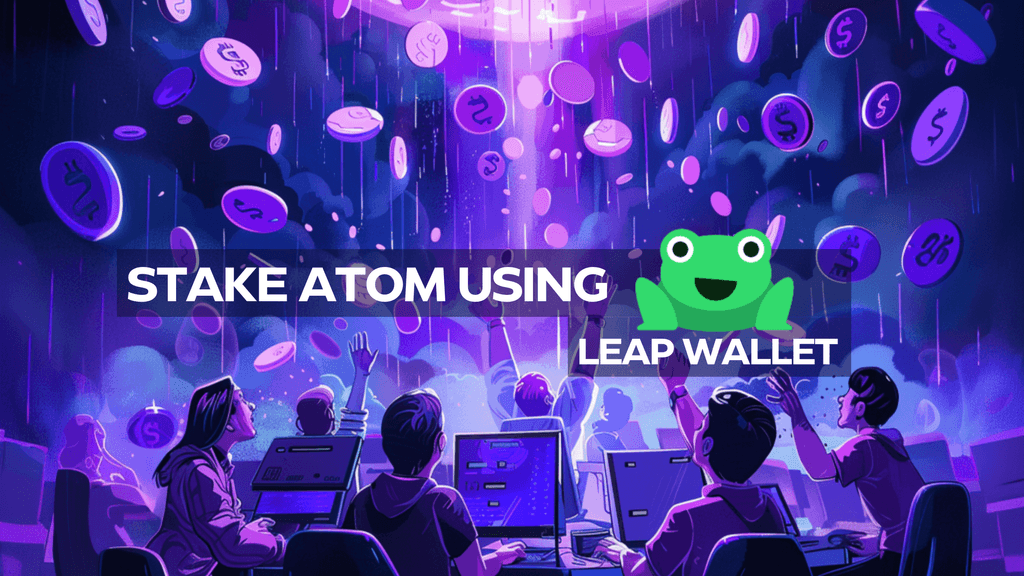Navigating the Interconnected Cosmos Ecosystem
The Cosmos Ecosystem, likened to an astronomical universe, hosts a plethora of independent, autonomous blockchains. Imagine every planet in this universe as a unique blockchain, governed by its own set of rules yet harmoniously coexisting. Within this extensive system, the term “Cosmos” encapsulates two distinctive definitions: the Cosmos Ecosystem and the Cosmos Blockchain. The former represents an ensemble of sovereign blockchains interconnected via the trustless IBC protocol built atop the Cosmos SDK, while the latter, home to the $ATOM token, is one of the chains within this ecosystem.
The Cosmos Conundrum: Fragmentation & Its Implications
The Cosmos Ecosystem, with its array of sovereign chains, inherently confronts the challenge of information fragmentation. Each independent chain within the Cosmos houses its unique collection of information and resources, leading to a dispersed, decentralized landscape. For users, especially newcomers, navigating this fragmented environment can be akin to wandering in an uncharted city. This information disparity, combined with the inherent complexities of blockchain technology, poses a significant obstacle to the mass adoption of Cosmos and the broader Web3 technologies.
User Experience & The Power of Intuitiveness
In the realm of technology, intuitiveness plays a crucial role in driving adoption. The user-friendly a system is, the more likely it is to be embraced. Therefore, creating an intuitive Cosmos Ecosystem can dramatically ease entry barriers and foster greater engagement, promoting widespread acceptance of the Cosmos Ecosystem and the wider Web3 world.
At the same time, user experience acts as a significant determinant in inspiring curiosity and exploration. A positive user experience can encourage further engagement, while a negative one can deter it. Within the Cosmos Ecosystem, the scattering of information and resources often leads to less-than-ideal user experiences, inhibiting individuals from discovering and utilizing the array of available tools and protocols.
Overcoming Fragmentation: Building a Streamlined Cosmos Ecosystem
Addressing the issue of information fragmentation in the Cosmos requires innovative solutions, focusing primarily on enhancing information accessibility and streamlining resource management. A possible approach to improve accessibility involves centralizing information on platforms like Interchain Info, offering a comprehensive source of information to users.
Further, resource management can be simplified by creating interfaces that allow users to interact with multiple chains from a singular platform. Our Dashboard, for instance, reduces the need for users to navigate between various chains and is designed to offer a streamlined interaction experience. It will soon be accessible to users with a specific number of $SPARK points.
The Future: Cultivating a User-Friendly Cosmos Ecosystem
The Cosmos Ecosystem, with its vast network of interconnected blockchains, harbors the potential to revolutionize the Web3 landscape. However, the challenges posed by information and resource fragmentation need addressing to realize this potential fully. By enhancing information accessibility and streamlining resource management, we can foster a more intuitive and user-friendly ecosystem, thereby promoting mass adoption. While platforms like Interchain Info are taking significant strides, the journey is far from over. The future of the Cosmos Ecosystem lies in our collective ability to build an ecosystem that is not only powerful but also user-friendly and intuitive.
FAQs
1. What is the Cosmos Ecosystem?
The Cosmos Ecosystem is an interconnected network of sovereign blockchains, each operating independently.
2. How does fragmentation challenge the Cosmos Ecosystem?
Fragmentation scatters information and resources across the different chains in the ecosystem, making it difficult for users to access needed information and resources.
3. What are the implications of fragmentation for new users?
Fragmentation poses a high entry barrier for new users, complicating the navigation and engagement with the ecosystem.
4. How does user experience influence mass adoption?
A positive user experience encourages exploration and engagement, while a negative one can deter users. User experience is pivotal to mass adoption.
5. What are potential solutions to overcome fragmentation?
Enhancing information accessibility through centralized platforms and streamlining resource management through single-platform access to multiple chains are potential solutions to overcome fragmentation.






